Scientific name Xystodesmidae | Rank Family Family Xystodesmidae; Cook, 1895 | |
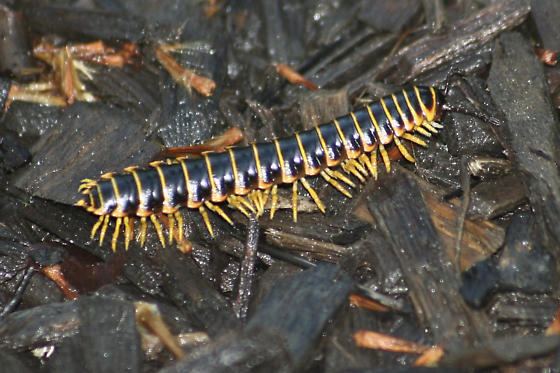 | ||
Lower classifications | ||
Millipede sigmoria aberrans family xystodesmidae species is found north carolina and virginia
Xystodesmidae is a family of millipedes. Its members often have very small distributional areas, with many species only known from a single locality. They are found across the northern hemisphere, with peak diversity in the Appalachian Mountains, where one-third of the 300 or so species occur. They are particularly abundant in deciduous broadleaf forests in the Mediterranean Basin, Africa, Asia, Central and North America, and Russia. Information on basic taxonomy is scant for this family; for example, it is estimated that the genus Nannaria contains over 200 species, but only 25 have so far been described.
Contents
- Millipede sigmoria aberrans family xystodesmidae species is found north carolina and virginia
- Science and life luminescent millipedes xystodesmidae family
- Classification
- Subfamily Melaphinae
- Subfamily Parafontariinae
- Subfamily Xystodesminae
- References
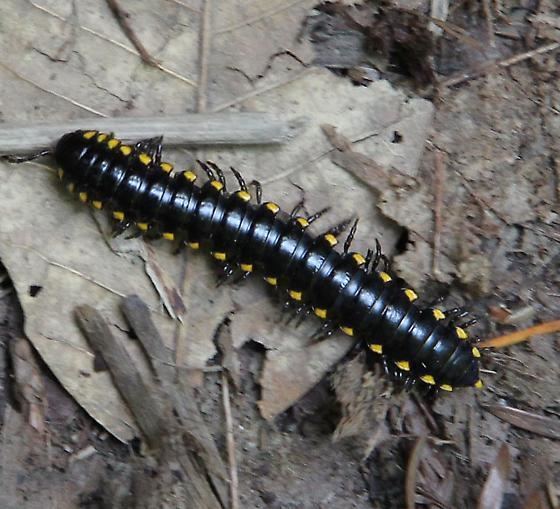
Xystodesmidae contains many colorful and distinctive species, including Apheloria virginiensis of the eastern U.S. and Harpaphe haydeniana of the western U.S. The Sierra luminous millipedes of the genus Motyxia exhibit the only known examples of bioluminescence in the Polydesmida. Species of Apheloria and Brachoria in the Appalachians exhibit Müllerian mimicry, in which unrelated species resemble one another where they co-occur.
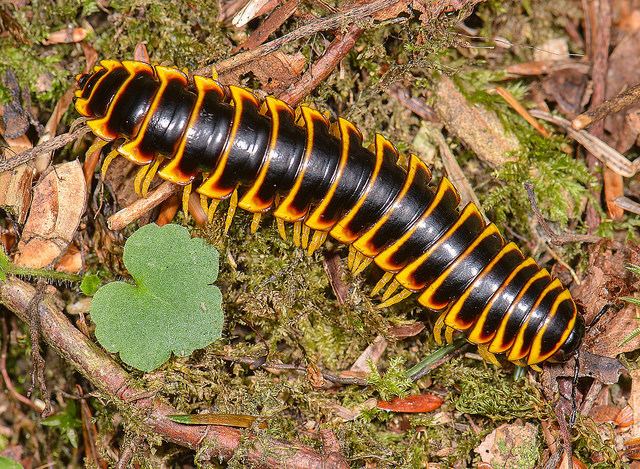
The family Xystodesmidae was named by O. F. Cook in 1895, upon the description of Xystodesmus martensii, (previously Polydesmus martensii). Xytodesmidae is placed in the suborder Chelodesmidea within the order Polydesmida (the "flat-backed" or "keeled millipedes"). Xystodemids are characterized by a relatively broad and compact body shape and one or more spines on the second leg-segments (prefemoral spines) in most species.
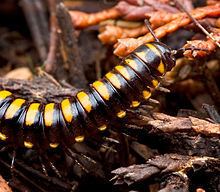
Science and life luminescent millipedes xystodesmidae family
Classification
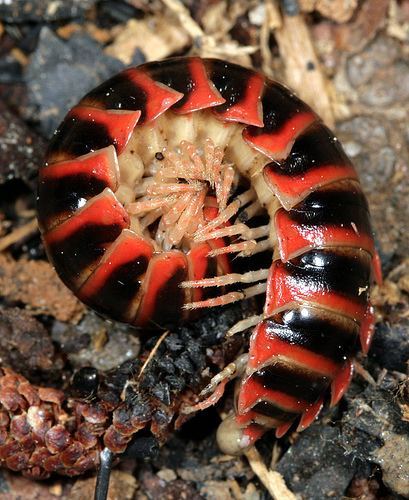
The family is divided into three subfamilies: the Melaphinae with around 10 species, the Parafontariinae with a dozen species in a single genus, and the Xystodesminae, with many genera and species.
Subfamily Melaphinae
Macellolophini
Melaphini
Subfamily Parafontariinae
Subfamily Xystodesminae
The subfamily Xystodesminae is subdivided into ten tribes, each ending in the suffix "-ini", although taxonomist Richard Hoffman stated in his 1999 checklist: "I am by no means satisfied that this is the definitive arrangement, nor that the tribal divisions of the Xystodesminae are entirely satisfactory either."
Apheloriini Hoffman, 1980
Chonaphini Verhoeff, 1941
Devilleini Brölemann, 1916
Nannarini Hoffman, 1964
Orophini Hoffman, 1964
Pachydesmini Hoffman, 1980
Rhysodesmini Brolemann, 1916
Sigmocheirini Causey, 1955
Xystocheirini Cook, 1904
Xystodesmini Hoffman, 1980
